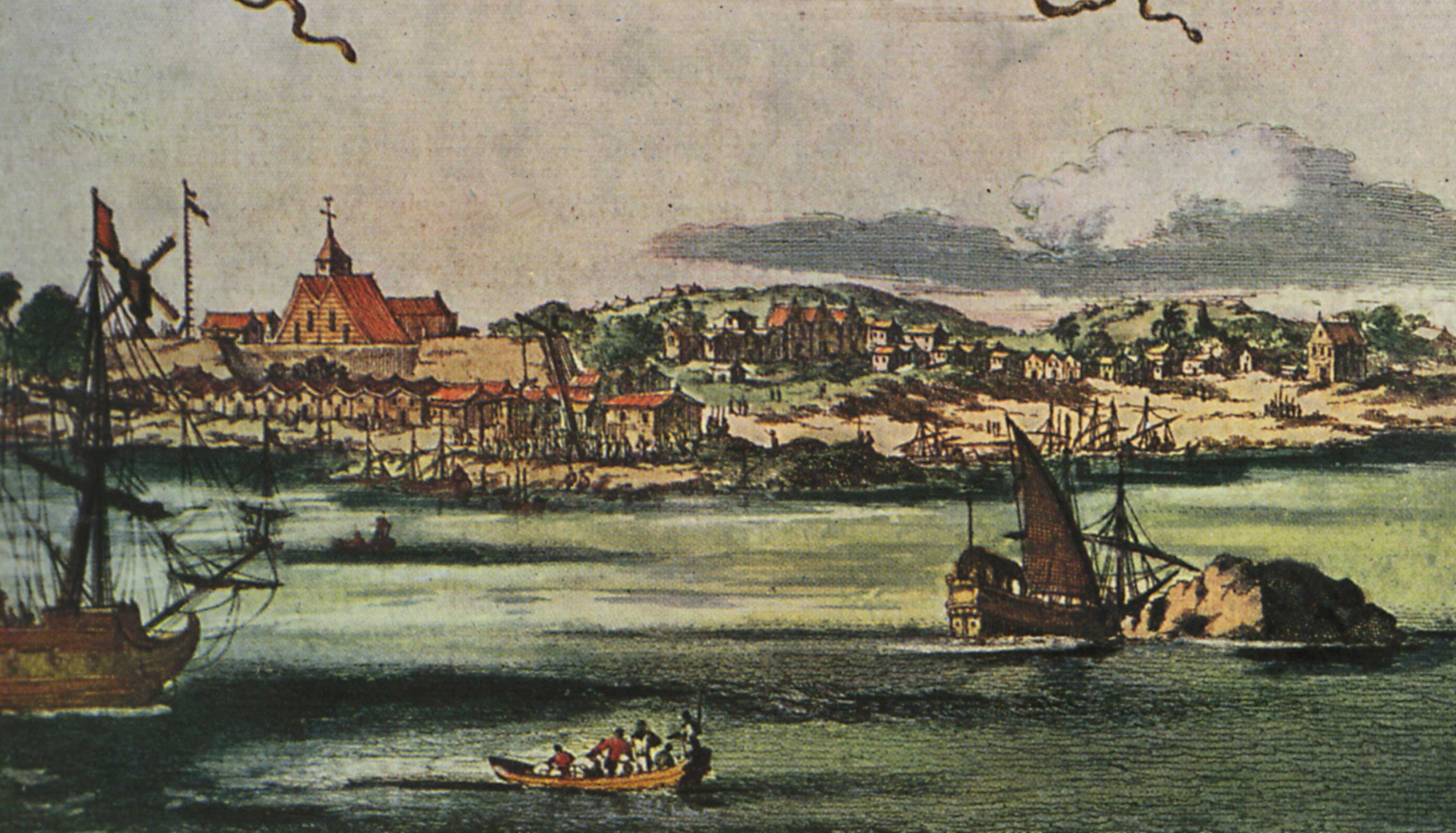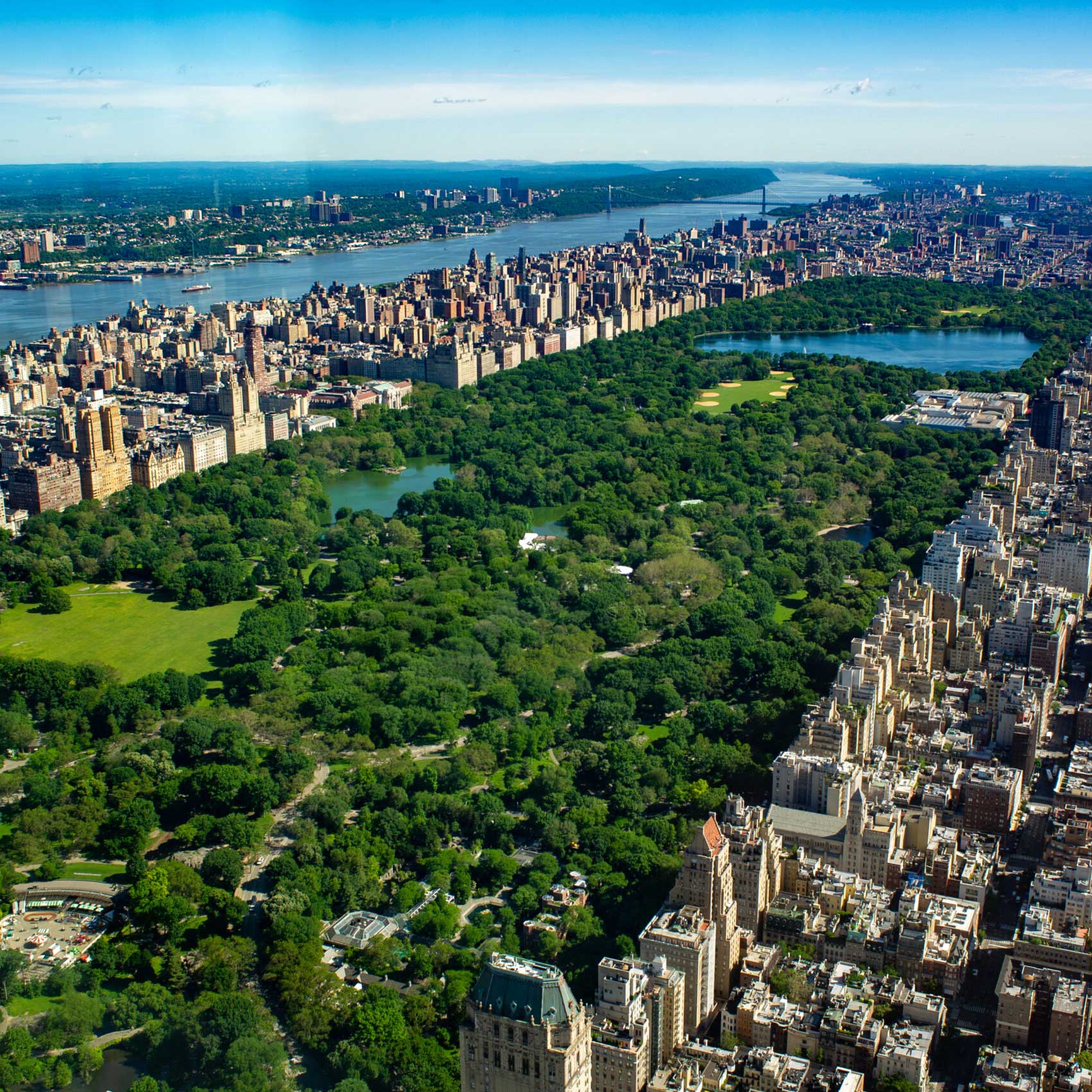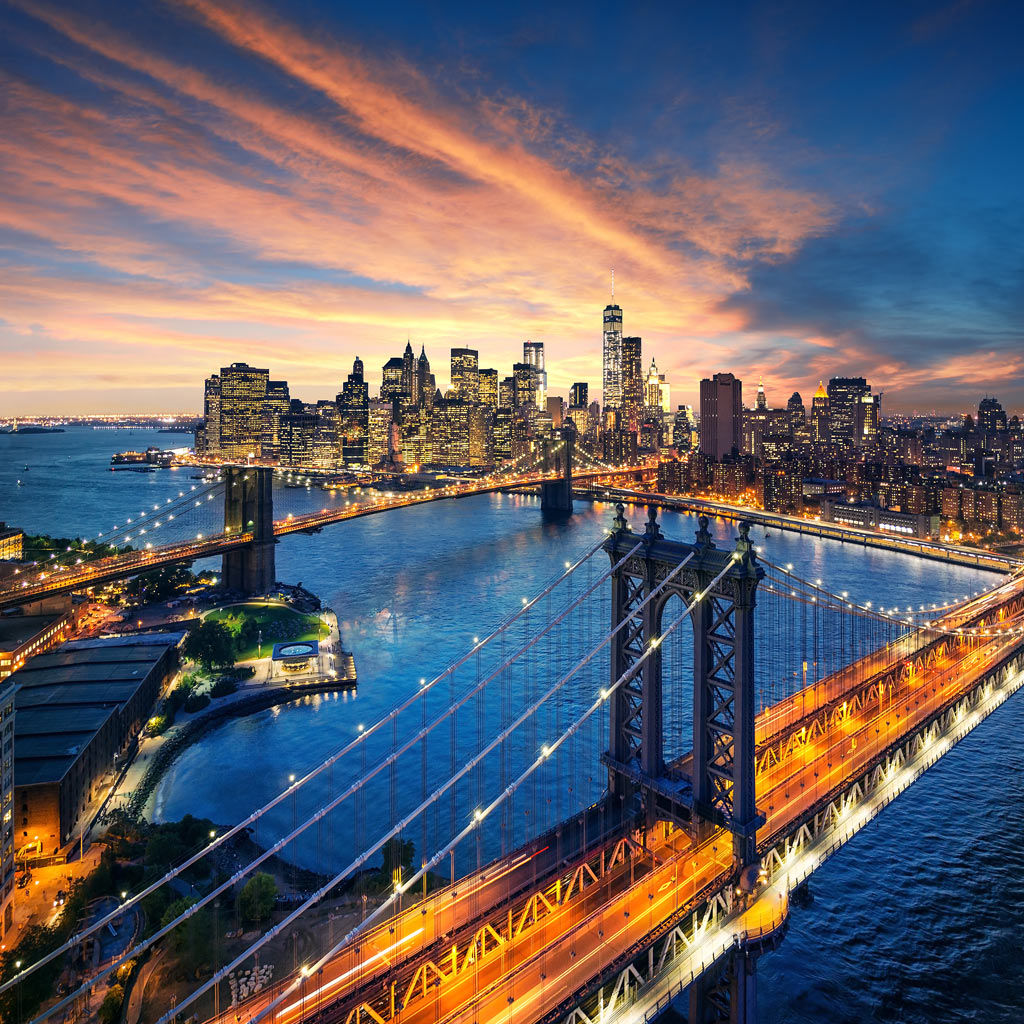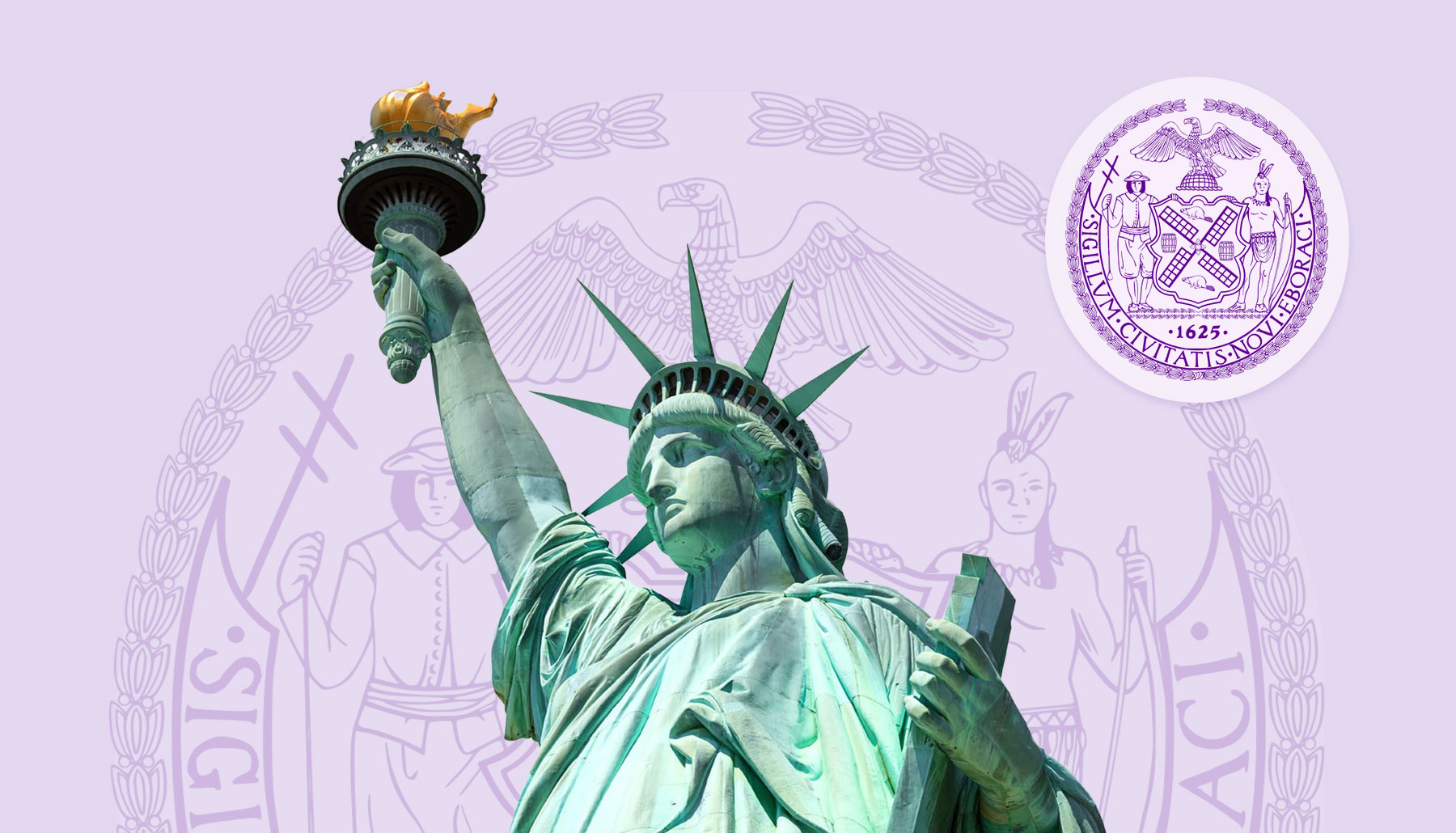New York
New York City, the pulsating heart of opportunity, diversity, and unparalleled vibrancy, stands as a worldwide beacon for aspiration. The largest city in the United States, NYC is a melting pot of cultures, offering a rich tapestry of sociodemographic backgrounds that fuels its dynamic community spirit and innovative outlook.
Financially, it's the undisputed global hub of finance, media, and technology, housing the headquarters of numerous Fortune 500 companies and the iconic New York Stock Exchange. This economic powerhouse boasts a robust real estate market, presenting lucrative opportunities for both commercial and residential investments.
Key features of New York City include its world-renowned landmarks such as the Statue of Liberty, Central Park, and Times Square, alongside its five boroughs - each with its own unique character and offerings. The city's outstanding infrastructure, top-tier educational institutions, and cutting-edge healthcare facilities further enhance its appeal as an investment destination.
New York City's accolades are as impressive as its skyline. It has been named one of the world's most influential cities, a top destination for international visitors, and a leader in sustainability and green building initiatives. ‘The Big Apple’ is not just a location but a gateway to unparalleled growth, innovation, and diversity, making it a prime choice for those looking to invest in a future that is as bright as the city lights.
1 – The Waldorf Astoria hotel has its own secret underground railway station, historically used by guests such as President Roosevelt to discretely enter the building.
2 – Urban beekeeping plays an important role in pollinating the city’s various green spaces. Thousands of hives can be found in residential rooftops.
3 - Hidden in the Financial District, Mill Lane is a tiny, one-block-long street that offers a glimpse into NYC's colonial past, nestled among modern skyscrapers.
4 - The Statue of Liberty, apart from being a symbol of freedom, serves as a bird sanctuary for species like falcons, which nest within its framework.
5 - JFK Airport is home to a 30-acre farm. Located in the airport’s perimeter, the farm is still actively used for growing crops.
New York City, a sprawling metropolis known as "The Big Apple," is a global hub of culture, finance, and innovation. Its rich history, diverse population, and economic prowess make it a magnet for both tourists and professionals worldwide.
New York City's allure attracts celebrities from across the globe, making it a prime location for spotting famous faces in arts, entertainment, and business. The city's luxury real estate, high-end dining, and exclusive events draw a steady stream of high-profile individuals, further cementing NYC's status as a city of glamour, ambition, and opportunity.

Founded in 1624 by the Dutch as New Amsterdam, the city quickly become a pivotal trading post that was later seized by the British in 1664 and renamed New York. The city played a significant role in the American Revolution and subsequent growth of the United States. Over centuries, it has been a beacon for immigrants seeking a new start, each group adding its unique thread to the city's cultural tapestry.
New York City is a melting pot of ethnicities, languages, and cultures, making it one of the world’s most diverse cities. Its population of more than 8 million people reflects a microcosm of the world. This diversity brings a wealth of cultural experiences, culinary innovations, and multilingual communications, contributing to the city's dynamic social fabric.
As an economic powerhouse, New York City boasts a Gross Domestic Product (GDP) that rivals entire countries. The city's economy, with a GDP exceeding $1 trillion, is anchored in finance, real estate, media, and technology. This economic diversity not only fuels the city's wealth but also provides resilience against economic downturns.
The heart of New York City's economy beats strongest in Lower Manhattan's Financial District, home to Wall Street and the New York Stock Exchange, the world's largest stock exchange by market capitalization. The city is a global center for banking, finance, and communication, hosting the headquarters of numerous multinational corporations and investment banks. This concentration of financial institutions has made NYC a pivotal city for global finance.
New York City is an international center for the arts, home to iconic institutions like the Metropolitan Museum of Art, the Museum of Modern Art (MoMA), and Broadway, where the vibrant theater scene is unmatched. The city's cultural landscape is enriched by its diverse population, leading to a plethora of cultural festivals, art exhibitions, and live performances spanning all genres and styles.

Tourists flock to New York City to experience its iconic landmarks and attractions: the Statue of Liberty, Central Park, Times Square, and the Empire State Building, to name a few. Each year, millions of visitors immerse themselves in the city's architectural wonders, historical sites, and vibrant neighborhoods, making tourism a vital component of the local economy.
Amid its urban landscape, New York City offers lush green spaces, most notably Central Park, an 843-acre oasis in the heart of Manhattan. Other notable green spaces include the High Line, Brooklyn's Prospect Park, and the expansive Flushing Meadows-Corona Park in Queens. These parks provide residents and visitors alike with a much-needed respite from the urban environment, offering recreational activities, scenic beauty, and wildlife.
In conclusion, New York City stands as a testament to human diversity, economic strength, and cultural richness. Its global influence in finance, arts, and culture, coupled with its historical significance and vibrant urban life, make it an unparalleled destination for people from all walks of life.

New York City, a bustling metropolis renowned for its iconic skyline, showcases a diverse architectural tapestry that spans from towering skyscrapers to quaint suburban residences. The city's skyline is a testament to its architectural ambition, dominated by emblematic structures such as the Empire State Building and the Chrysler Building. These skyscrapers, symbols of New York's economic prowess, feature a mix of Art Deco and modernist styles, their towering forms punctuated by sleek lines and ornate decorations, representing the city's reach for the sky.
Beyond the high-rise horizon, New York's architectural narrative extends into its suburbs, where a different kind of charm prevails. Suburban New York is characterized by its varied residential styles, from the classic brownstones in Brooklyn to the quaint Victorian homes in parts of Queens. These residential areas offer a more intimate glimpse into New York life, with their tree-lined streets, front porches, and community parks, presenting a stark contrast to the concrete and glass of the city center. Together, these architectural elements weave a complex fabric that defines New York City's unique urban landscape, a blend of aspiration and heritage, progress and tradition.

The New York real estate market remains a beacon for investors and renters alike, driven by its vibrancy and diversity.
Whilst local real estate market performance within the city will clearly vary wildly, overall statistics are compelling and underscore the city’s unique position within the national landscape.
Sales
The Metropolitan Statistical Area (MSA) House Price Index for New York showcases robust property appreciation, with a significant year-on-year increase of +9.7% (December 2023) and outpacing the national average of 7.27%.
Zillow's All Homes average price in New York stands at $628,577, considerably higher than the national average of $342,685. This reflects a year-on-year increase of 4.2% for the city, surpassing the 2.6% national average, with a noteworthy 20.6% increase over the last three years.
Homeownership rates in New York are lower than the national average, at 49.9%, a decline of 0.4% year-on-year. This trend points towards the high cost of property in the city, pushing more individuals towards rental accommodations.
The inventory of homes for sale in December 2023 was 39,509 units, indicating a 21.6% annual drop and a significant 44.0% decrease over three years, highlighting the extremely competitive nature of New York's real estate market.
Rentals
Rental vacancy rates in New York are significantly lower than the national average, at 3.5% compared to 5.9%, marking a -23.9% change over five years. This tight market contributes to the city's much higher average rental rates of $3,132 per month, against the national average of $1,957. Rates have increased 3.8% over the last 12 months (to December 2023) and by 13.8% over the last two years.
Average rental yields stood at 6.0% in December 2023, reflecting a nuanced market condition where yields are lower than the national average due to high property costs, yet showcasing an impressive 3-year growth of 10.71%.
These statistics paint a general picture of New York's real estate landscape, offering insights into the complexities and opportunities within both the sales and rental markets. For investors and residents alike, navigating this dynamic environment requires an understanding of these key trends and figures.
Investing carries risks, including loss of capital and illiquidity. Please read our Risk Warning before investing.